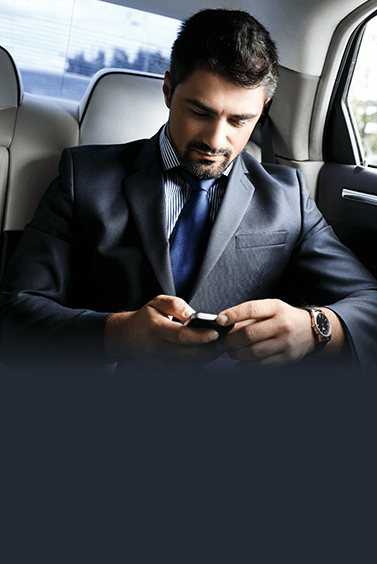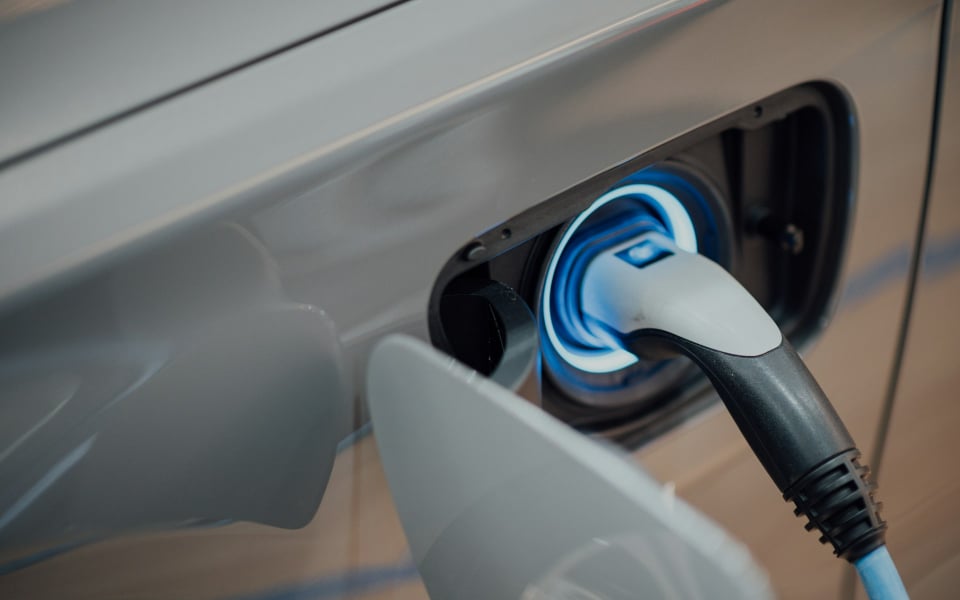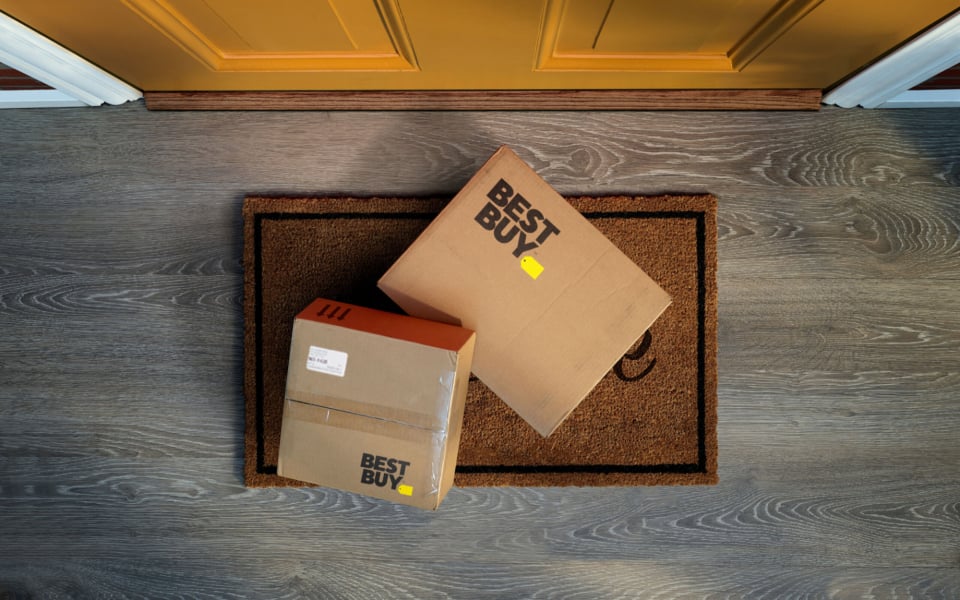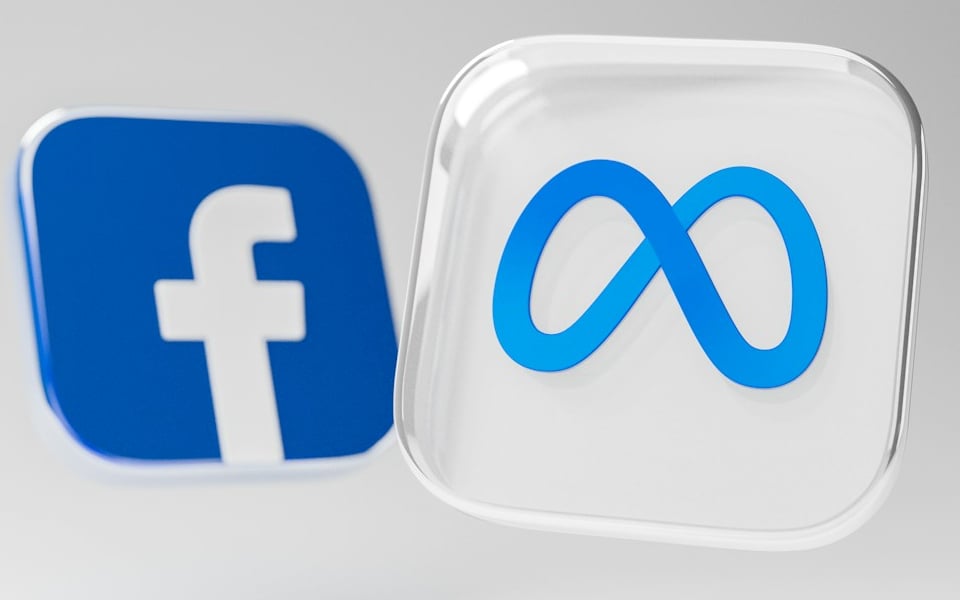Imagine a day when you're able to power your devices wirelessly. While it sounds like a dream, WiGL is developing technology enabling you to log onto an over-the-air wireless electrical power WiGL network. By doing so, powering or recharging your devices on the go will be a seamless experience.
Apple Inc. & Samsung Struggles With Limited Battery Technology
Internet-connected devices function continuously around the clock, primarily powered by batteries. But even with cutting-edge battery technology, several challenges remain, including limited life span, extended charging periods, steep costs, significant environmental effects and potential accident hazards.
Companies like Apple Inc.
The limitations can curb the potential of seamlessly integrating smart devices into daily life. The contemporary understanding of wireless should expand to encompass wireless electrical power networks to conquer the challenges associated with battery constraints and meet the constant power needs of mobile devices.
Enter WiGL
At WiGL, their goal is to revolutionize the current norm where internet-connected devices don't have to rely on batteries and their inherent limitations. This way, individuals, businesses or any other establishment can harness the full potential of internet-connected devices.
To date, WiGL has gained serious traction in the space.
In 2020, WiGL achieved a significant milestone when it was awarded a contract to exhibit its technology in a fighter helmet as part of a Department of Defense contractor's demonstration. And retail investors have invested nearly $10 million into the startup.
Building on this success, WiGL further demonstrated its capability by recharging a cellphone during a Tech Talk event at the Virginia Tech Corporate Research Center. Subsequently, WiGL was selected and granted funding through the AFWERX Small Business Innovation Research (SBIR) Phase I contract to explore specific uses of its technology for the U.S. Air Force.
WiGL is currently securing funding for the AFWERX SBIR Phase II to advance the military applications of wireless power networks. It also is awaiting additional support from the National Science Foundation for a separate SBIR proposal to promote larger federal government applications of its technology.
WiGL's unique, patented technologies aim to weave together its competitors' technologies into an integrated network of wireless transmitters. The functionality is as straightforward as Wi-Fi - you choose a wireless power network just as you would select a Wi-Fi provider.
WiGL then turns any wall outlet, vehicle charger or power source at your disposal into a smart electric power antenna that sends power wirelessly to your device using Wi-Fi or 5G. By providing power on demand to your devices, WiGL ensures you can keep them charged on the go.
In the 1890s, scientist Nikola Tesla experimented with air ionization to transfer power. While he may have fallen short of his goals, WiGL is picking up where he left off.












